January 24, 2024 at 16:57 JST
KANAZAWA--About 13,900 housing units will be offered by the end of March for people displaced by the Noto Peninsula earthquake, the Ishikawa prefectural government said on Jan. 23.
Officials estimated that 1,300 temporary housing units will be built, 3,800 units in private-sector apartments and similar facilities will be rented by local governments, and 8,800 public housing units will be made available.
The prefectural government said it expects displaced residents to request more than 9,000 units.
About 5,000 applications for temporary housing have already been made in Wajima, Suzu, Noto and Anamizu as of Jan. 22.
Ishikawa Prefecture plans to construct about 3,000 temporary housing units in phases through the end of March, by which time about 1,300 should be ready for occupancy.
Initially, mainly prefabricated facilities will be built in parks, school grounds and similar places. Construction has already started on 338 housing units in five municipalities, including Wajima and Suzu.
Beginning in April, clusters of wooden terraced houses, and later duplexes, will be constructed mainly in urban areas.
It remains to be seen whether planned housing units will meet specific requests from earthquake survivors such as hopes to stay in the prefecture.
Of the 8,800 available public housing units, only about 10 percent are in Ishikawa Prefecture, while the rest have been offered by 46 other prefectures.
As of Jan. 21, earthquake victims decided to relocate to 174 units in Ishikawa Prefecture and 145 units in 17 other prefectures, including Toyama, Aichi and Osaka.
“Honestly speaking, we do not want people to leave our prefecture,” said Ishikawa Governor Hiroshi Hase. “First and foremost, we will make every effort to make temporary housing (in Ishikawa Prefecture) available for them.”
The prefectural government also said on Jan. 23 that it will begin accepting disaster relief volunteers in Nanao, Anamizu and Shika from Jan. 27.
(This article was written by Yoshinori Doi, Takeshi Shimawaki, Yoshito Asakura.)


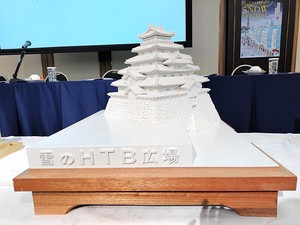
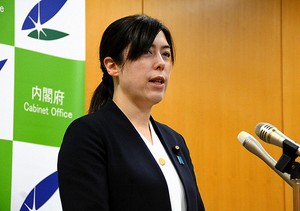

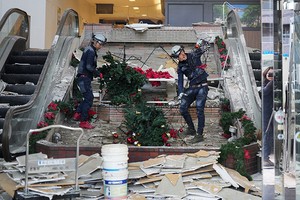
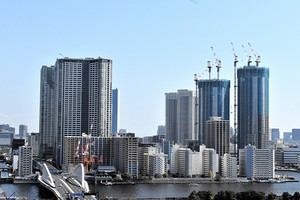

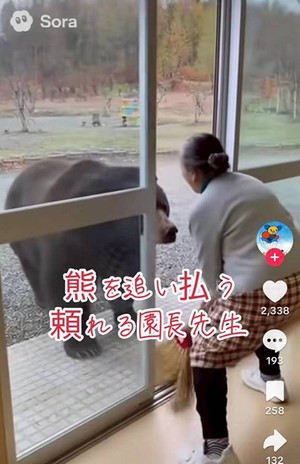









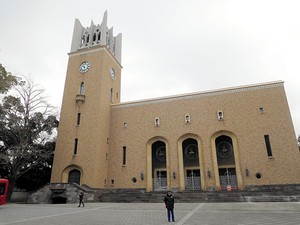

A peek through the music industry’s curtain at the producers who harnessed social media to help their idols go global.
A series based on diplomatic documents declassified by Japan’s Foreign Ministry
Here is a collection of first-hand accounts by “hibakusha” atomic bomb survivors.
Cooking experts, chefs and others involved in the field of food introduce their special recipes intertwined with their paths in life.
A series about Japanese-Americans and their memories of World War II